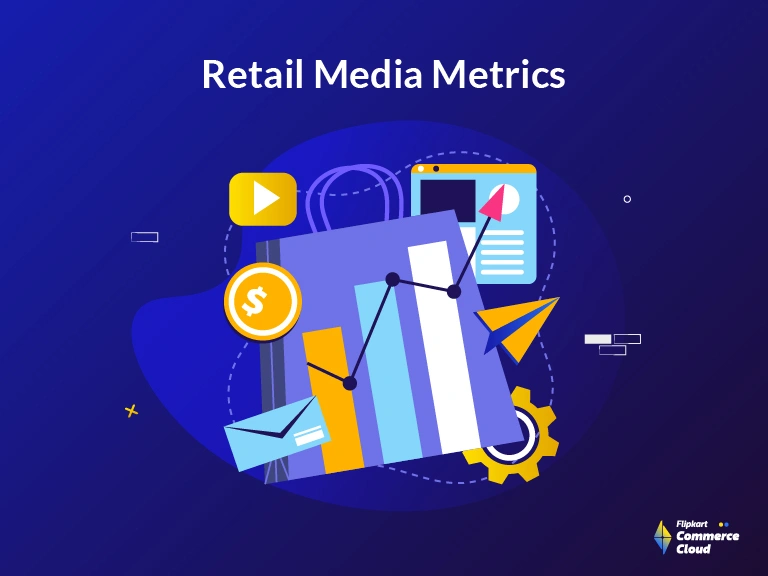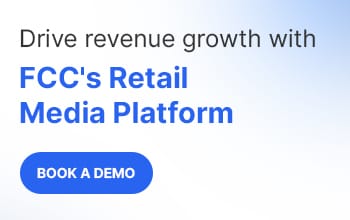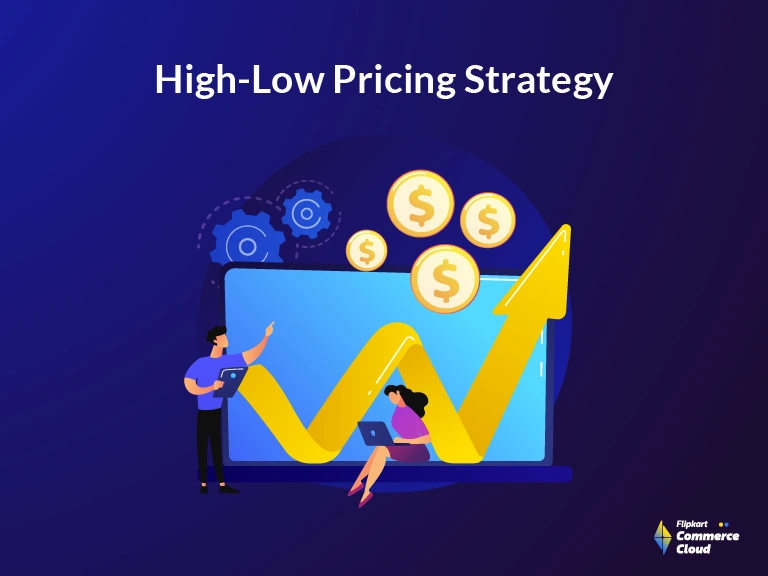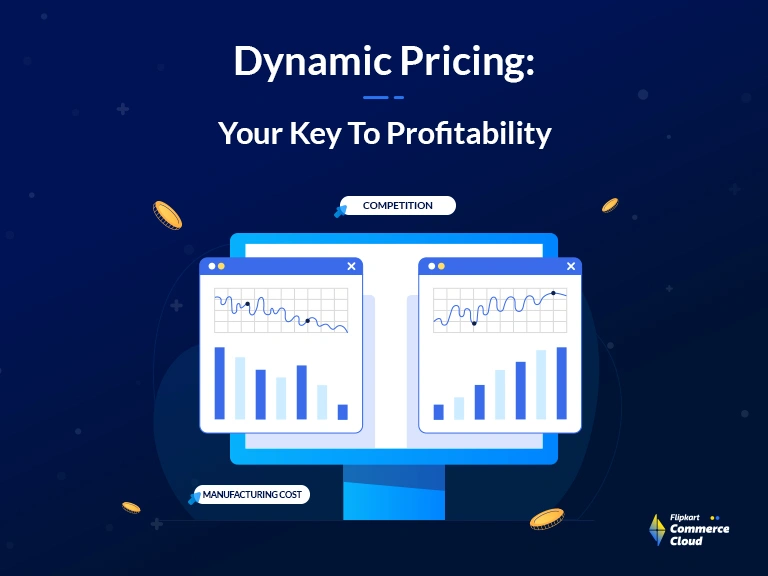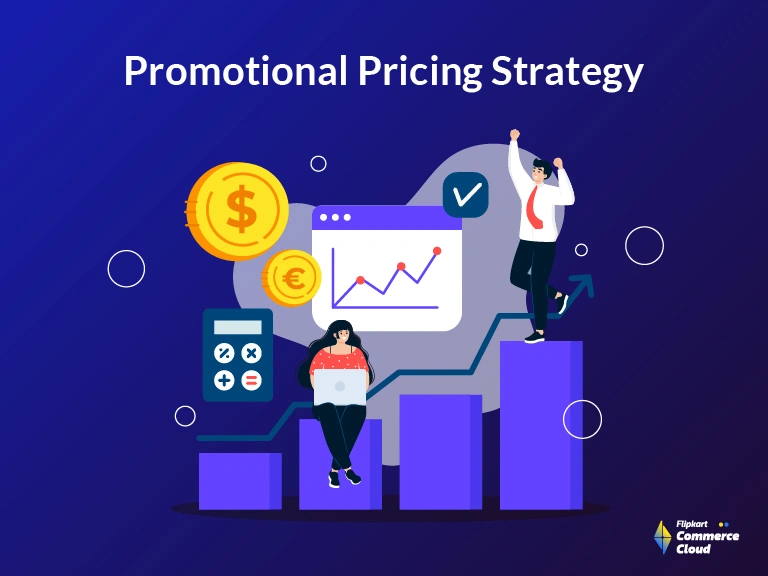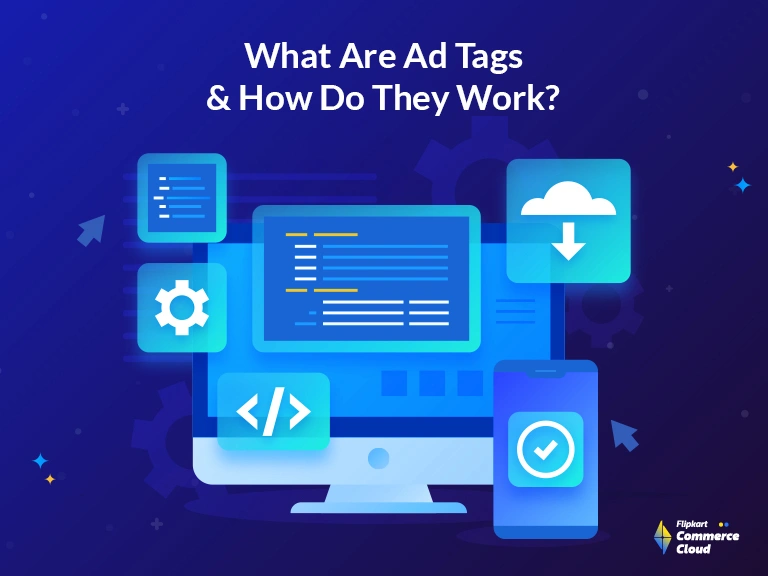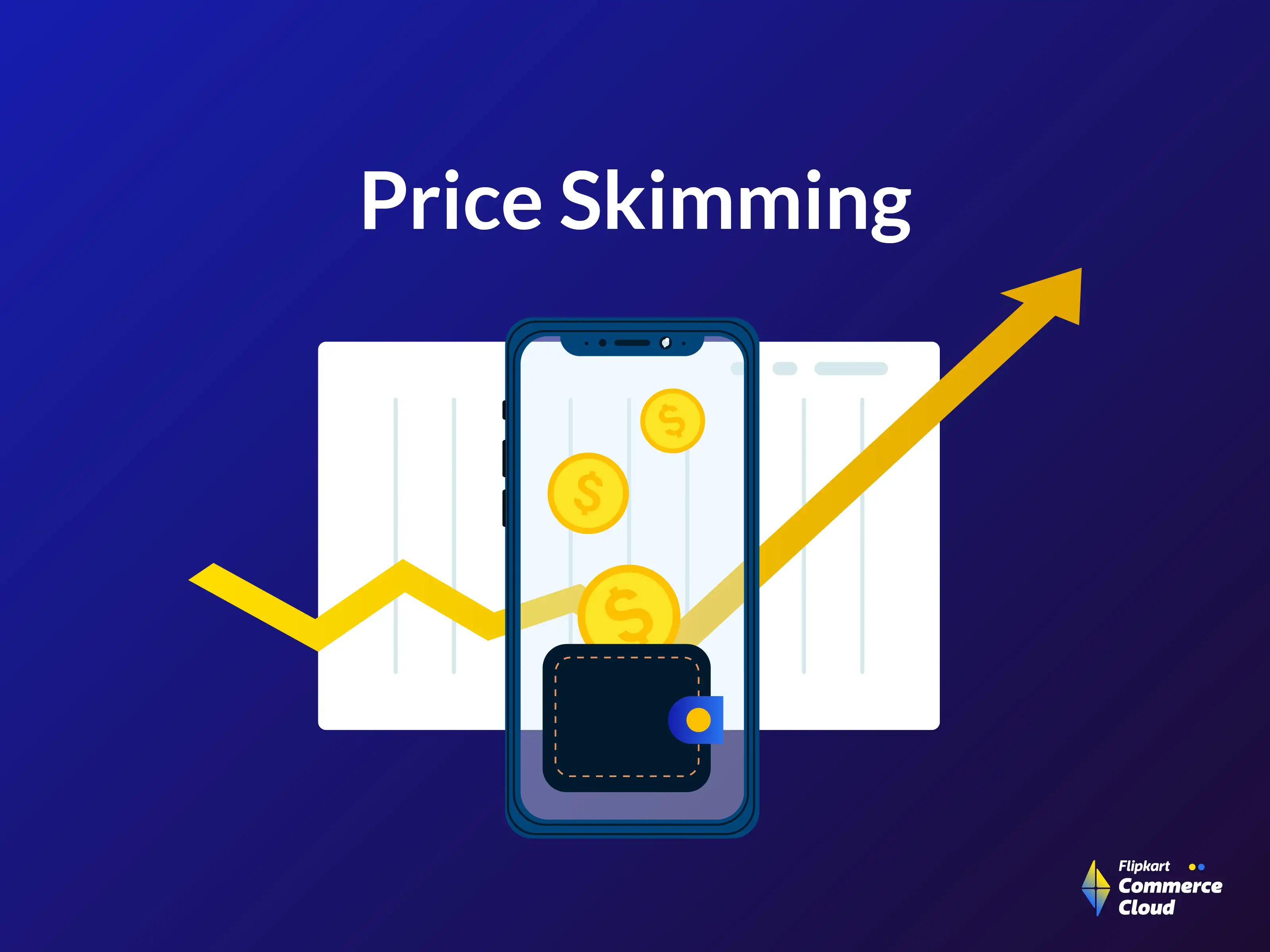Return on Ad Spend (ROAS) has long been a go-to performance metric for brands. It is simple, straightforward, and gives a clear picture of the immediate return on advertising investment. While ROAS remains a useful tool, it does not tell the whole story. This metric is like a snapshot of a moment in time, whereas retail is an ongoing journey.
As the retail media space evolves, so too should the metrics used to measure the success of your campaigns. ROAS, while valuable, does not present the full picture. To make strategic decisions and fully comprehend the ad campaign performance, you must explore crucial retail media metrics focusing on customer engagement, brand awareness, and long-term growth potential.
So, set aside ROAS for a moment and learn more about retail media metrics that can help you identify opportunities for expansion and future success. In this blog, we will learn about the growing importance of retail media ads and the six metrics that you should track for better data analytics related to campaign performance.
What Are The Limitations of ROAS as a Metric?
While ROAS has been a reliable metric for brands over the years, it is not without its limitations. One of the main drawbacks is that it focuses solely on the immediate Return on Investment (ROI) on ad spend, overlooking the long-term value of customer relationships and brand loyalty.
This narrow focus can lead to short-sighted decisions that prioritize immediate sales over sustainable growth.
ROAS may also not be the best measure of success for all campaigns. For instance, when launching a new product, the primary goal might be to raise awareness and generate buzz rather than immediate sales. In such cases, using ROAS as the Key Performance Indicator (KPI) could present an inaccurate picture of the campaign’s success.
The Importance of Retail Media Metrics
As a retailer, your aim is to ensure the success of your business by effectively reaching and engaging with your customers. Your growth is directly linked to the effectiveness of your marketing strategies. By leveraging the power of retail media metrics, you can gain valuable insights into customer behavior and preferences. These insights can help you make data-driven decisions to enhance customer engagement and boost your profitability.
Let’s learn more about the significance of these metrics for your retail business:
- Profitability and Performance Tracking: Retail media metrics offer a lens through which retail media advertisers can analyze their customer journey. By granting them access to these metrics, you empower brands to enhance customer experiences and improve conversions on your retail platform.
- Understanding Popular Products: These metrics serve as a compass, guiding marketers to their most popular products on your platform. This invaluable information can streamline your inventory management efforts, ensuring that you are always well-stocked with customer favorites.
- Increasing Sales: Retail media metrics offer valuable insights into your customers’ behavior and preferences. By utilizing these insights, you can refine your marketing strategies to better appeal to your customers, thereby driving more sales.
By incorporating these metrics into your strategy, you can highlight the unique value your retail business provides. This positions your store as an appealing choice for customers and helps you attract more patronage, ensuring mutual growth. This data-driven approach not only boosts your store’s profitability but also enhances the shopping experience for your customers, fostering loyalty and long-term success.
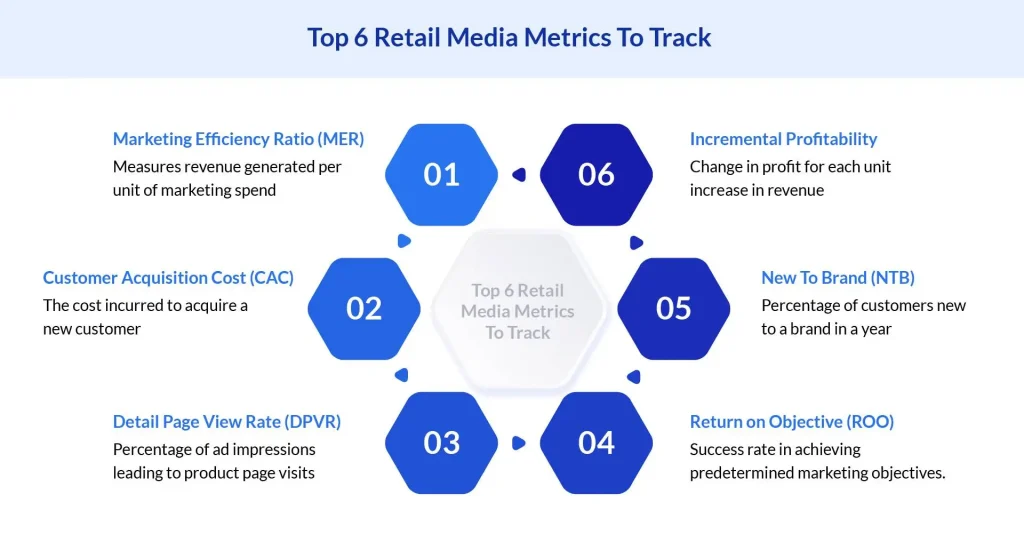
6 Retail Media Metrics to Track Instead of ROAS
Here are the six retail media metrics that you should consider tracking to measure your campaign effectiveness:
Marketing Efficiency Ratio (MER)
The Marketing Efficiency Ratio (MER) is one of the most powerful retail media metrics that reflects the profit made for each dollar spent on marketing. It measures the change in profit according to per unit change in revenue and is calculated by dividing total marketing expenses by total revenue generated via marketing activity.
MER = Total Revenue Generated by Marketing Activity / Total Marketing Expenses
For example, if the total revenue generated by marketing activity is $10,000 and the total marketing expenses are $2,000, your MER would be:
MER = $10,000/$2,000 = $5
This means that for every dollar spent on marketing, you generate $5 in revenue. This metric provides a clear picture of how efficiently your marketing efforts translate into revenue. A higher MER indicates that your marketing activities generate a significant amount of revenue relative to the cost, indicating a successful marketing strategy.
Customer Acquisition Cost (CAC)
Customer Acquisition Cost (CAC) is another crucial metric for retail media measurement and represents the cost associated with acquiring a new customer. In other words, it is the amount you spend on marketing and sales to gain a new customer.
CAC = Total Costs Spent on Acquiring More Customers/Number of Customers Acquired in the Period
For example, if you managed to acquire 1000 customers and for that you spent $5,000 in one year as advertising expenses, your CAC is:
CAC = $5,000/1000 = $5
This means that you spend $5 to acquire each new customer. Tracking CAC helps understand the financial efficiency of customer acquisition strategies. It is an important metric for brands as it directly impacts profitability. A lower CAC means they are acquiring customers more efficiently, leading to higher profits.
Detail Page View Rate (DPVR)
Detail Page View Rate (DPVR) is one of the key retail media metrics that quantifies user interest and engagement with display ads. It is calculated by dividing the number of detail pages visited by the number of impressions, and then expressing the result as a percentage.
DPVR = (Number of Detail Pages Visited / Number of Impressions) × 100%
For example, if a display ad receives 1000 impressions and leads to 200 detail page visits, the DPVR would be:
DPVR = (200 / 1000) × 100% = 20%
This means that 20% of the impressions resulted in page visit, indicating a high level of user interest and engagement with the ads.
Incremental Profitability
Incremental Profitability is another important retail media metric that reflects the change in a profit metric per unit change in revenue, essentially showing the profit margin of growth. It evaluates the impact of changes in sales volume on the profits.
Incremental Profitability can be calculated by dividing the change in profit by the change in revenue:
Incremental Profitability = Change in Profit / Change in Revenue
For instance, if an increase in sales volume of $1000 leads to an increase in profit of $200, the Incremental Profitability would be:
Incremental Profitability = $200 / $1000 = 0.20
This means that for every dollar increase in revenue, the profit increases by 20 cents.
New To Brand (NTB)
New To Brand (NTB) is a metric that measures the percentage of conversions that come from customers who have not made a purchase from the brand in the past 365 days. This metric goes beyond simply counting sales from each ad campaign. Instead, it is an effective way to evaluate the ability of these campaigns to attract and engage new audiences.
NTB = (Number of New Customers/Total Number of Customers ) × 100%
For example, if you have 1000 customers and 200 of them are new, your NTB would be:
NTB = (200/1000) × 100% = 20%
This means that if an ad campaign results in 1000 conversions, and 20 of these are from customers who are new to the brand, then the NTB would be 20%. This NTB shows that the campaign is not only driving sales but also expanding the customer base.
Return on Objective (ROO)
Return on Objective (ROO) is a metric used to evaluate the success of marketing strategies by measuring the attainment of predetermined objectives. Unlike metrics that focus solely on financial gains, ROO takes into account both tangible and intangible goals. These goals could include increasing brand awareness, making a social impact, improving shopper satisfaction, or boosting customer loyalty.
The ROO is calculated by dividing the actual result by the objective and then expressing the result as a percentage.
ROO = (Actual Result / Objective) × 100%
For example, if the objective was to achieve 1000 sales and you achieved 800 sales, the ROO would be:
ROO = (800/1000) × 100% = 80%
This means that you achieved 80% of your sales objective. Please note that the calculation of ROO can vary depending on the specific objectives set by your company. It is important to clearly define these objectives before calculating ROO. By tracking ROO, you can assess the effectiveness of marketing strategies in achieving these broader objectives, providing a more holistic view of the company’s performance.
Transform your Retail Media Operations with Flipkart Commerce Cloud (FCC)
As retail media continues to gain traction, it is becoming clear that traditional metrics like ROAS are no longer sufficient. To truly measure performance and drive growth, a more holistic approach is needed. This is where the retail media metrics discussed above come into play.
These metrics offer advertisers a treasure trove of insights into key areas such as customer behavior, product popularity, and campaign effectiveness. But they are more than just numbers, these metrics are powerful tools that help brands make informed decisions, enhance customer experiences, and boost conversions on your platform.
Now, let us talk about how Flipkart Commerce Cloud (FCC) can help optimize your retail media operations:
- FCC Ads Manager is a robust tool designed to monetize online assets and diversify retail revenue streams, leading to greater profitability.
- FCC Pricing Manager streamlines pricing decisions for retail and brands across offline and online channels.
- FCC Selection Manager helps compare and manage assortments, optimizing merchandise sales.
Each of these solutions is powered by technologies like Artificial Intelligence (AI) and Machine Learning (ML), providing a reliable and secure way for emerging retailers to enhance their business.
So, if you are ready to move beyond ROAS and start leveraging retail media metrics to optimize your operations, FCC is here to guide you.
Reach out to the team today and get started.
